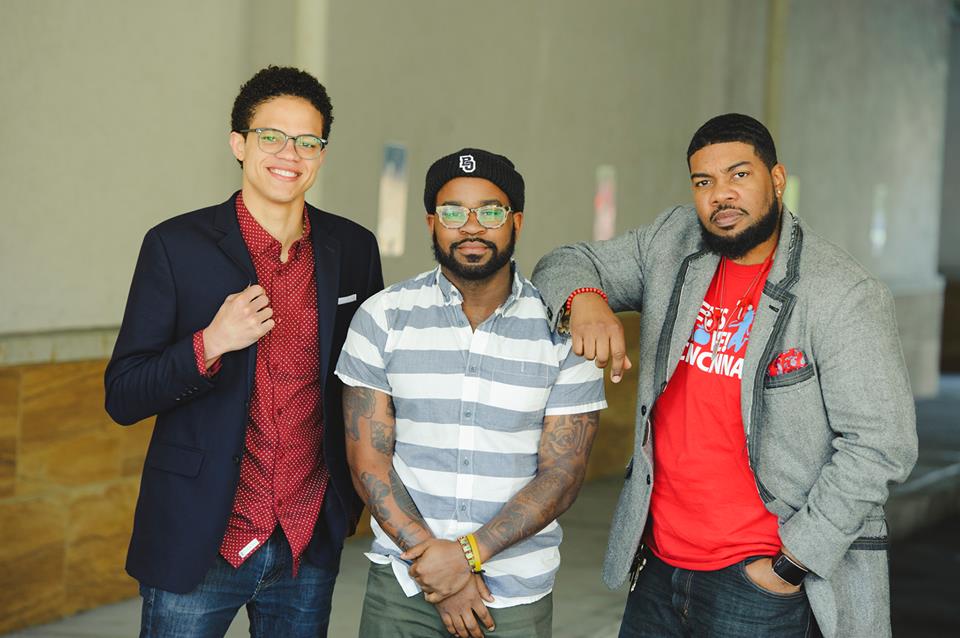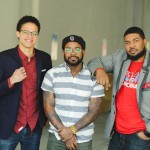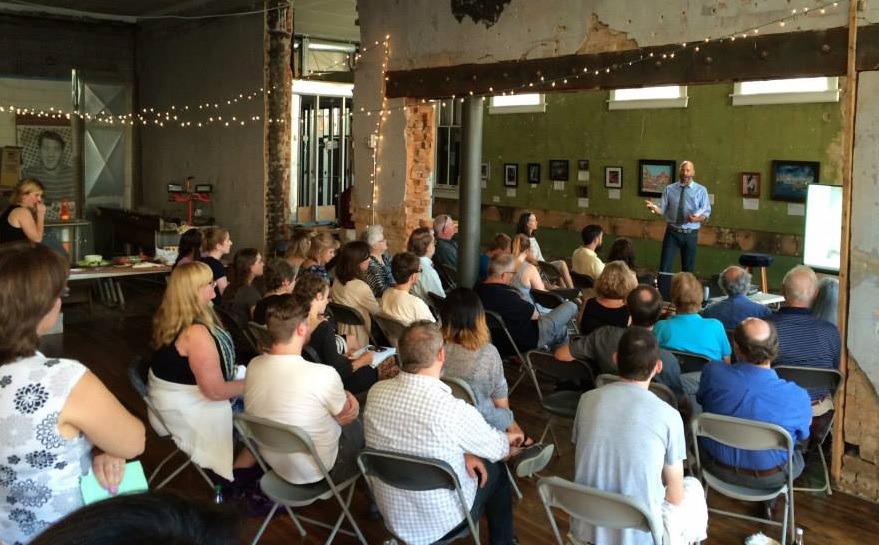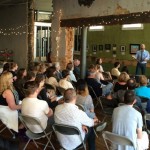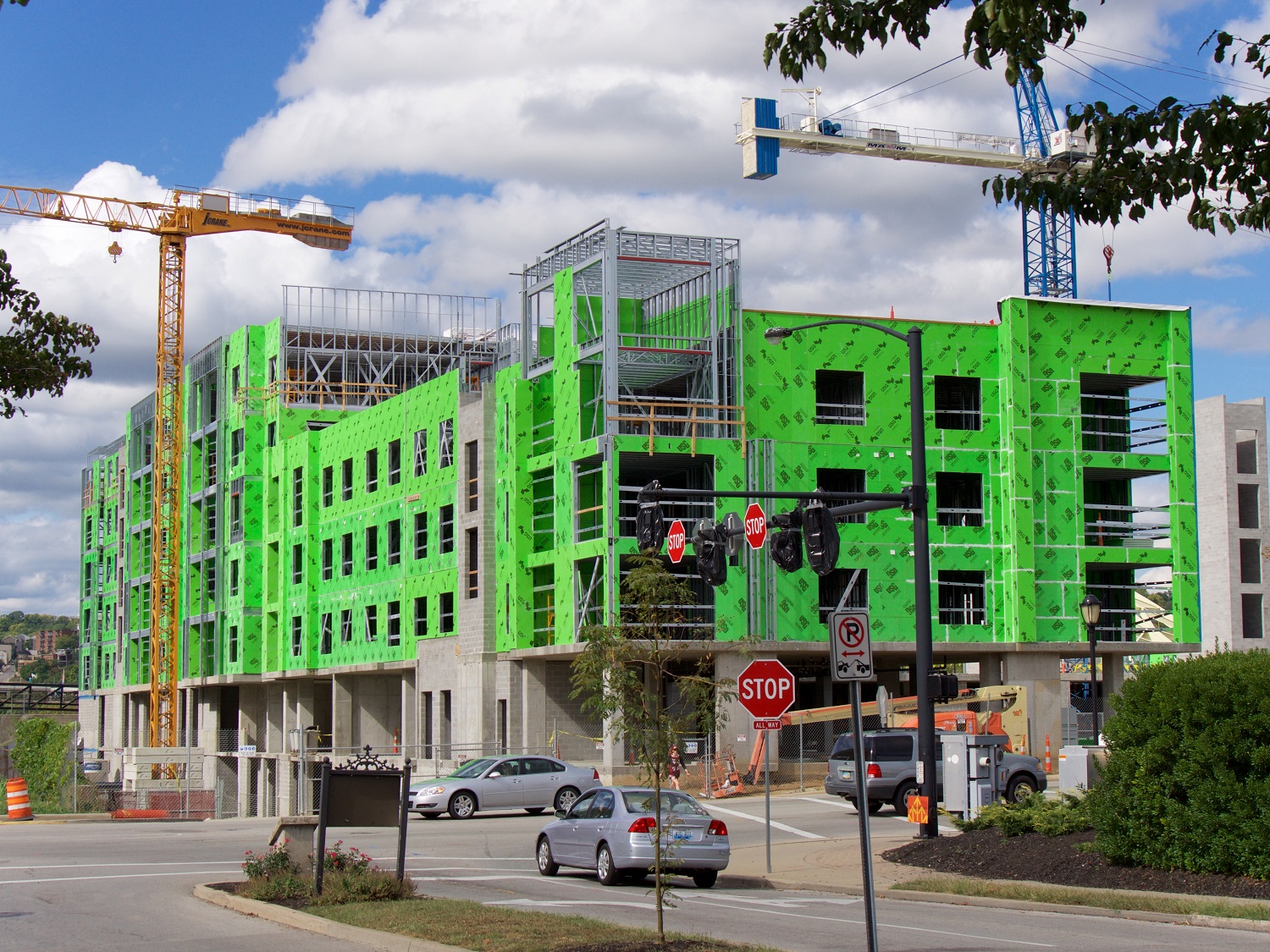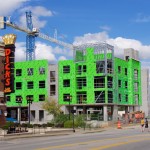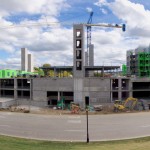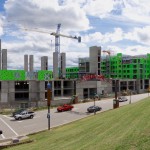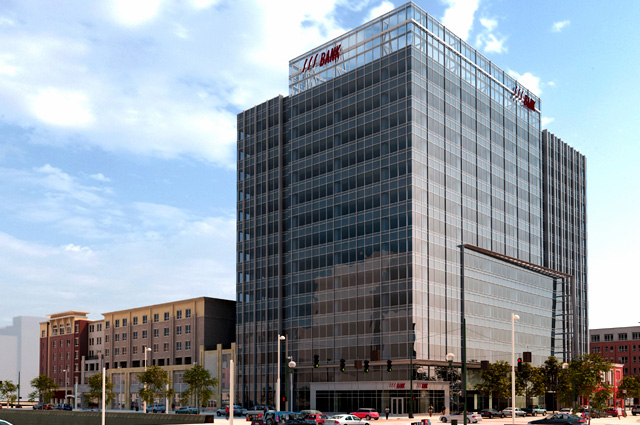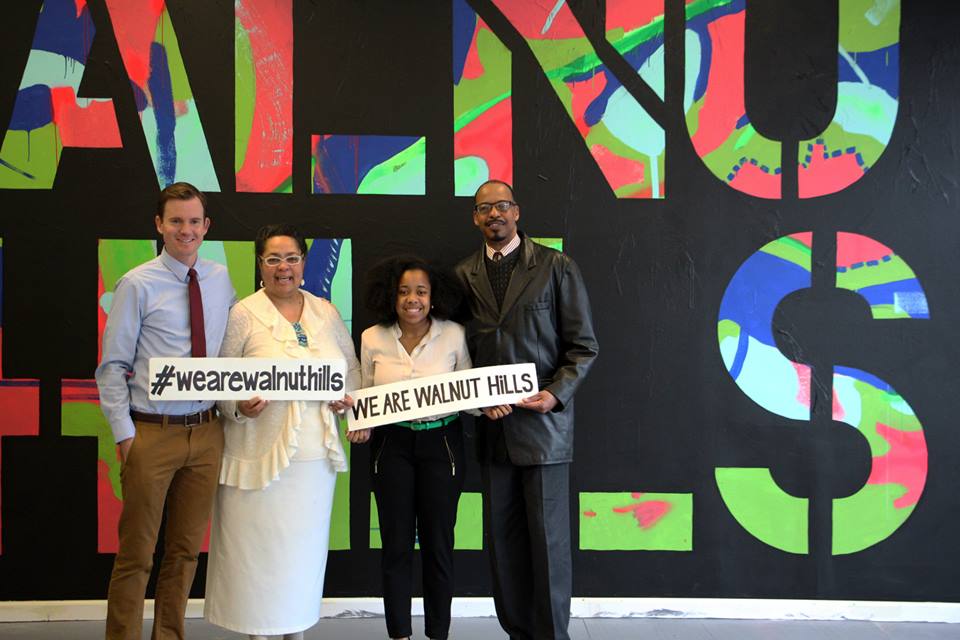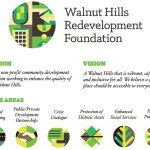Cincinnati’s redevelopment has been gaining momentum over the years, and Walnut Hills is seen by many as the next big thing. While it is not quite the next Over-the-Rhine, the largely black neighborhood has seen significant investment over the past several years, and is adding new businesses on what seems like a weekly basis. While community leaders are welcoming the attention, they are also hoping to maintain the essence of the neighborhood.
Just before the Walnut Hills Redevelopment Foundation announced their comprehensive re-branding to focus on an inclusive and equitable approach to breathing new life into the neighborhood, the non-profit community development organization came together with a start-up organization that has been working in Over-the-Rhine to train and empower non-traditional entrepreneurs, often of minority background, to help power the redevelopment of Cincinnati’s neighborhoods.
“Our emphasis has always been on working with residents who have been in the neighborhood even before it becomes the latest trendy place to be, because they’ve been there through it all,” said MORTAR co-founder and Brand Strategy & Director of Operations, Allen Woods.
By doing so, MORTAR hosts classes for students who are willing to learn and pitch their ideas to a room full of a diverse amount of people including friends, family, and possibly investors. They then guide entrepreneurs in how to start their own businesses.
Woods says that in Over-the-Rhine, where MORTAR has already graduated 15 members and enrolled another 17, the idea was to create a brand new dynamic for the area which has already experienced a huge amount of reinvestment. This is not necessarily what they have in mind for the Walnut Hills area.
“We want to have a different feeling than what you get when you go into Over-the-Rhine,” said Thea Munchel, Director of Development at Walnut Hills Redevelopment Foundation. “We want vibrant, successful businesses, but we want them to represent Walnut Hills.”
One of the ways MORTAR intends to assist in that effort is by engaging with the community and listening to their innovative pitches at events where residents of the Walnut Hills area can present ideas of their own.
“We believe that is an essential part of community redevelopment,” Woods said. “How can you do that without engaging the community?”
They will also open up a 10,000-square-foot pop-up shop space called Brick 939, which will be similar to the one they have in Over-the-Rhine called Brick OTR. This, they say, helps local entrepreneurs activate a vacant storefront in the neighborhood, while also offering them space to test out their business model until they are able to develop their own space.
As of now, the plan is for the pop-up shop to open after Thanksgiving and run through the end of the year.
“There are lots of amazing entrepreneurs around Cincinnati, and who never really feel like they get the opportunity to shine,” said Woods. “So essentially what we want to build is an enormous spotlight for them to have a chance to showcase their skills and businesses.”
The money for the development is going to be coming from the community, a grant from the Walnut Hills Redevelopment Foundation, and the Local Initiative Support Corporation.
Project leaders say the development will be completed by November 20, 2015 with a grand opening on Black Friday.
